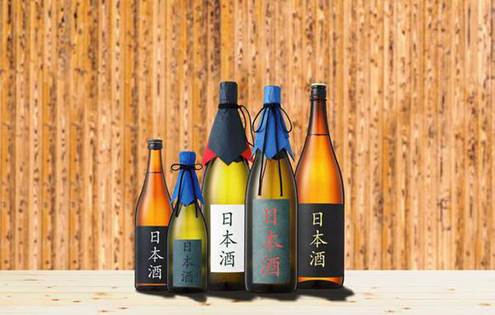Description

Copyright infringement not intended
Context: The Embassy of Japan, New Delhi, has filed an application seeking Geographical Indication (GI) tag for nihonshu/Japanese sake.

Details:
- This is the first time a product from Japan has filed for a tag at the Geographical Indication Registry in Chennai.
- In Japan, nihonshu is regarded as a special and valuable beverage made from fermenting rice.
- People traditionally drink nihonshu on special occasions, such as festivals, weddings or funerals, but it is also consumed on a daily basis. Thus, it is an integral part of the lifestyle and culture in Japan.
- The sake market (almost all are nihonshu) is the second largest brewed liquor (such as beer) market in Japan.
- For making nihonshu three main raw materials – rice, koji-kin (a type of fungal spore) and water – are required.
- The production of nihonshu follows an alcoholic fermentation method called parallel multiple fermentation and involves raw material treatment, koji making, starter culture making, mash making, pressing, heat sterilisation and bottling.
- The rice and koji used should originate in Japan.
History:
- The economy of Japan was based around rice, which was used as a sort of quasi-money before the establishment of a monetary economy in the Meiji period (1869-1912).
- As a result, nihonshu production was thoroughly under the government’s control.
- As nihonshu’s production became more industrialised in the Edo period (1603-1868), those who had special licences began hiring many farmers in the agricultural off-season.
- They gradually won a reputation as craftsmen, which resulted in the establishment of the hierarchical Toii system (Toii is the person responsible for sake brewing), likened to an apprenticeship or guild system.
https://epaper.thehindu.com/Home/ShareArticle?OrgId=G1SADLLI3.1&imageview=0














